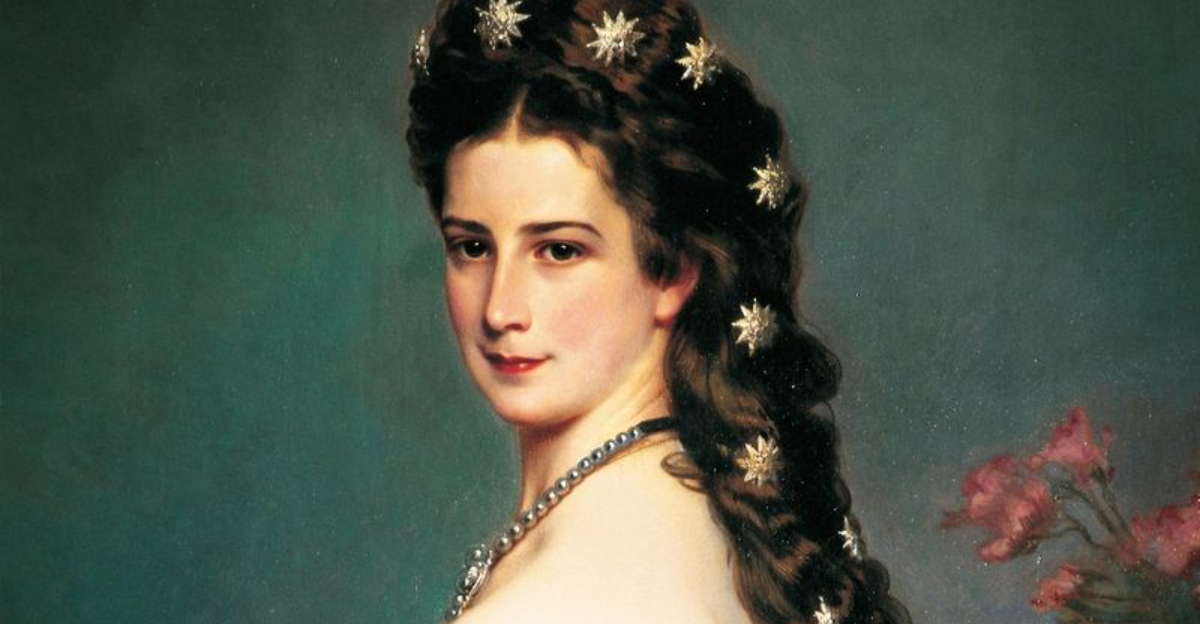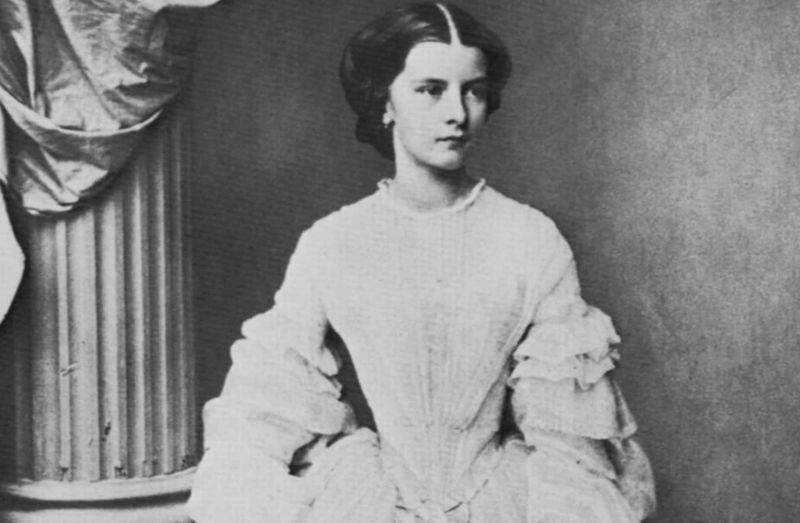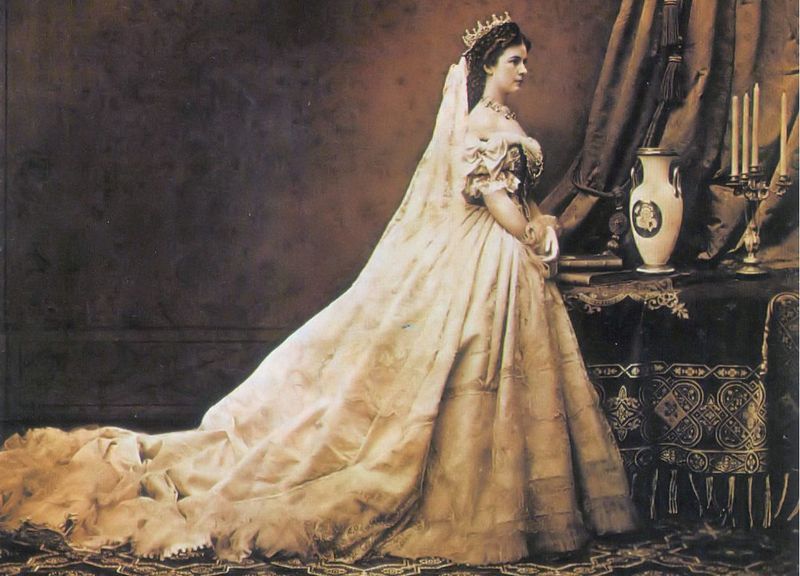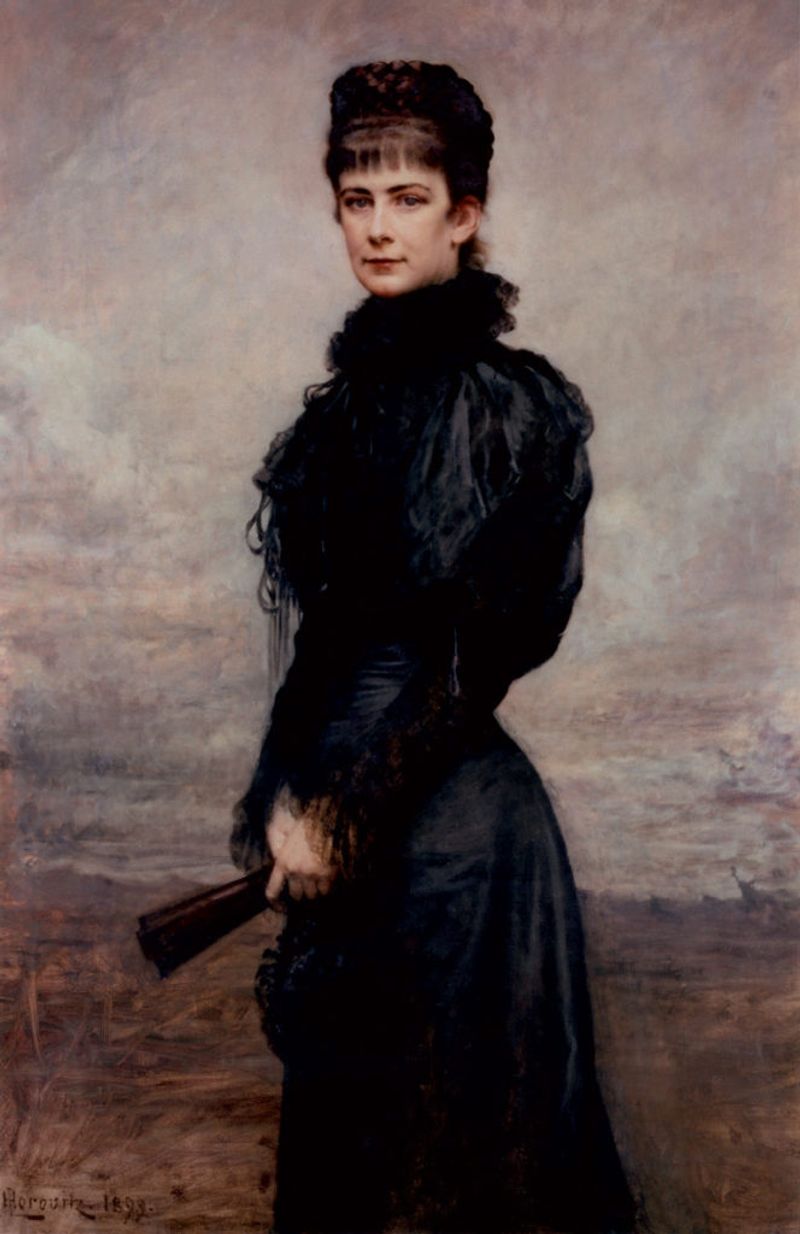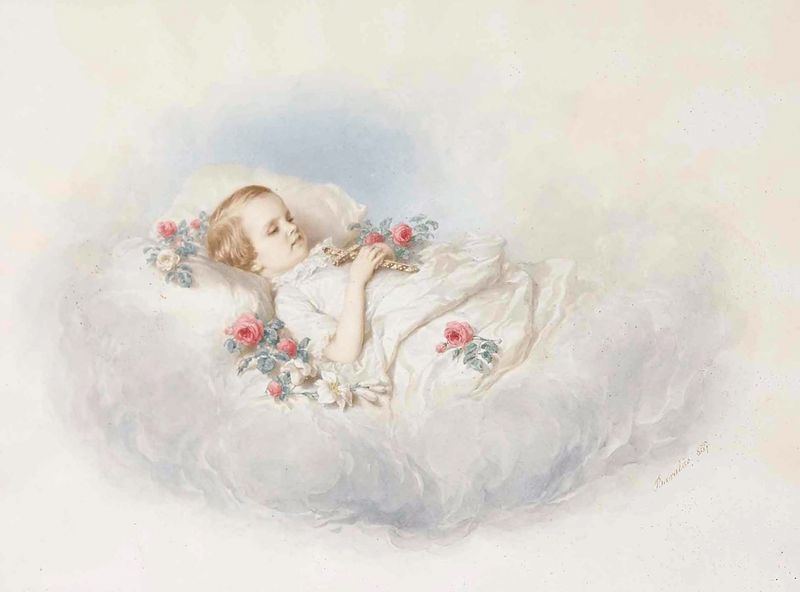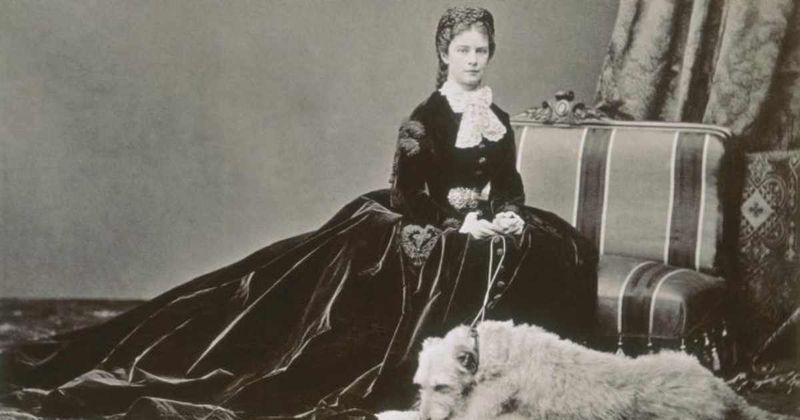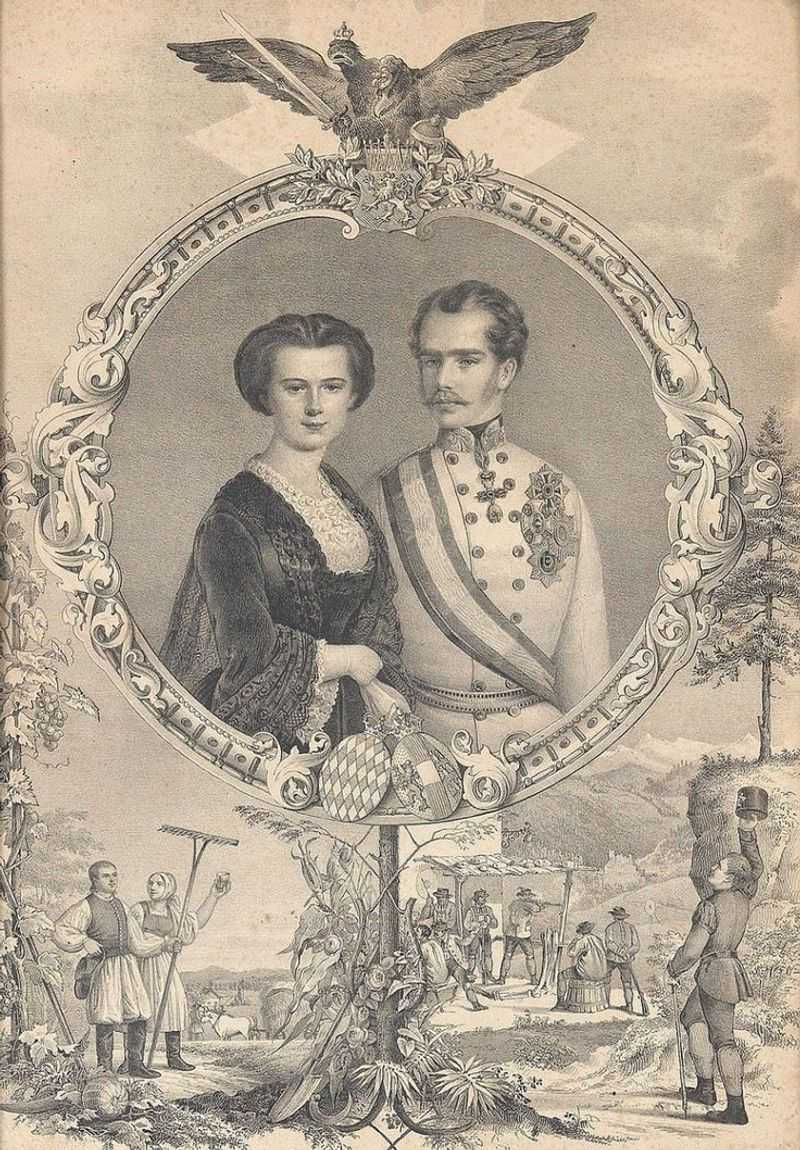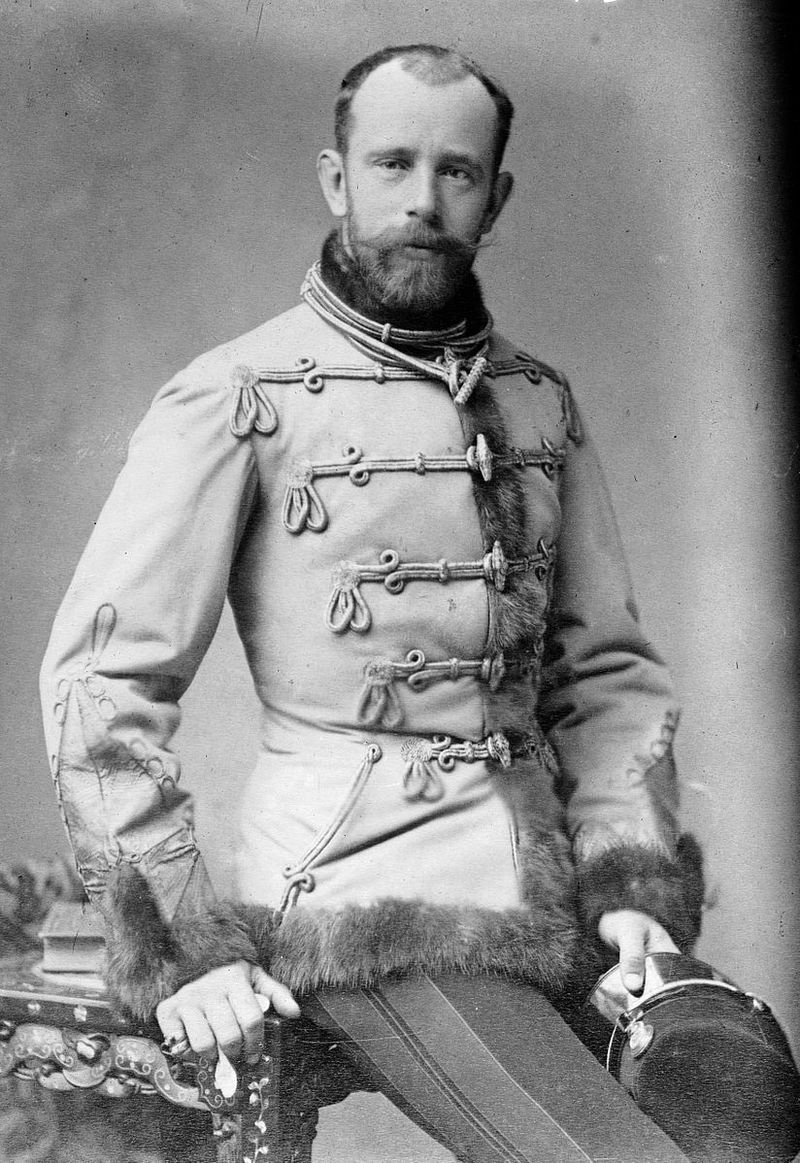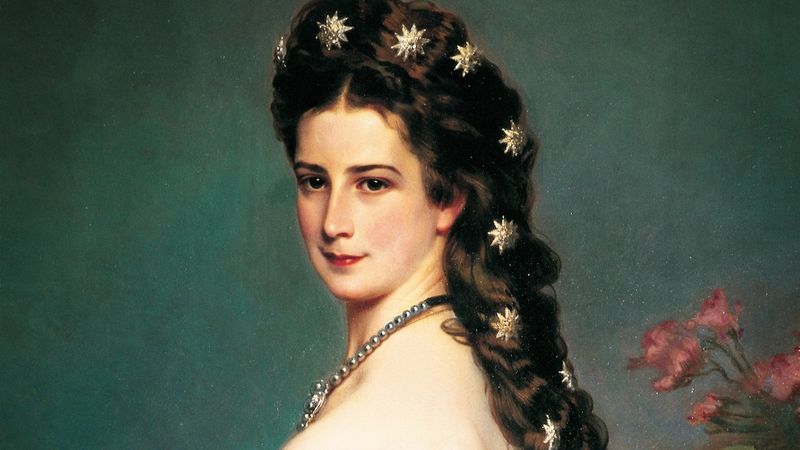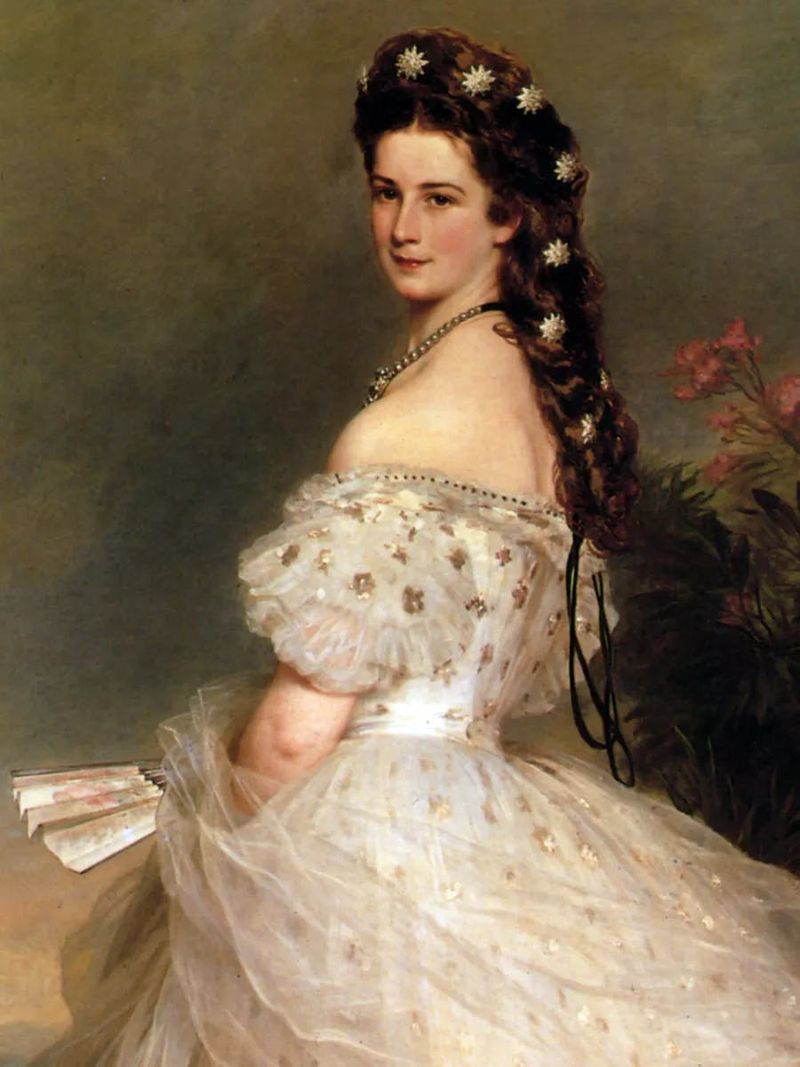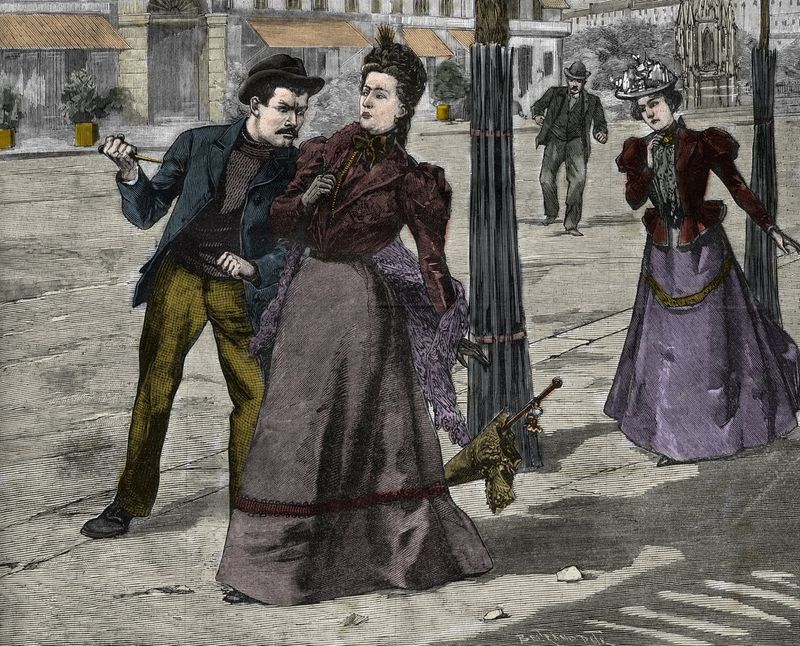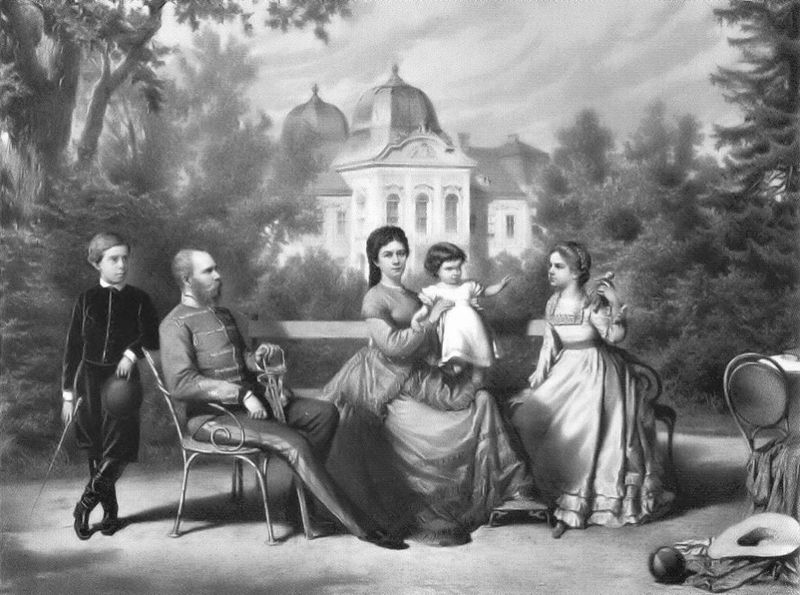Empress Elisabeth of Austria—affectionately known as Sisi—was a woman of extraordinary beauty, intellect, and spirit. Yet, behind the glittering façade of imperial life, she endured profound personal tragedies and relentless pressures that ultimately broke her. Here are 17 poignant secrets that reveal the hidden sorrow behind her crown.
1. She Was Never Meant to Be Empress
The story of Elisabeth’s unexpected rise to empress begins with her sister, Helene, who was originally destined to marry Emperor Franz Joseph. At a family gathering, the emperor’s gaze shifted to the spirited 15-year-old Elisabeth, captivated by her charm and beauty. Despite her tender age, she suddenly found herself engaged and soon married by 16. Such a rapid transition from carefree youth to imperial role was something she neither sought nor desired, leading to a life of unforeseen responsibilities. In the grand halls where whispers of her fate echoed, a crown symbolized the heavy burden she bore.
2. A Free Spirit Trapped by Protocol
Raised amidst the natural beauty and liberal atmosphere of the Bavarian court, Elisabeth cherished freedom above all. Her spirit thrived in the open fields, where she would ride horses and explore without constraints. However, the rigid etiquette of the Austrian imperial court felt like tightly bound chains, suffocating her vibrant soul. The court’s formality and unyielding protocol left her feeling trapped, a free spirit caged in gold. In the echoes of her laughter among nature, one can almost hear the pain of her confinement. Her longing for liberation became a silent protest against the gilded prison walls.
3. Dominated by Her Mother-in-Law
The domineering presence of Archduchess Sophie, Franz Joseph’s mother, cast a long shadow over Elisabeth’s life. Sophie took control over many aspects of Elisabeth’s existence, from court duties to personal matters, including the upbringing of her children. This overbearing influence strained their relationship, leaving Elisabeth feeling powerless and isolated. In the opulent rooms where Sophie reigned supreme, Elisabeth’s voice was often silent, drowned out by the archduchess’s will. Despite her status, Elisabeth found herself navigating a world where her desires were secondary, further deepening her sense of helplessness and sorrow.
4. The Heartbreak of Losing Her Daughter
The harrowing loss of her first child, Sophie, was a wound that never healed for Elisabeth. The young girl succumbed to illness during a trip to Hungary, only two years into her innocent life. This devastating event plunged Elisabeth into a profound solitude, accentuating her feelings of alienation within the imperial family. The corridors that once echoed with her daughter’s laughter became silent monuments of Elisabeth’s grief. Her mourning attire became a daily reminder of her loss, a poignant symbol of a mother’s heartache. This tragedy marked Elisabeth’s personal and emotional landscape, imprinting sorrow upon her regal bearing.
5. Battled with Eating Disorders
In her quest to maintain a slender physique, Elisabeth resorted to severe dieting practices and rigorous exercise routines. Her obsession with weight was not just about vanity but also control, a way to assert some power over her own life. Most days, she consumed little and exercised excessively, often pushing herself to the brink of exhaustion. The grandeur of imperial dining was lost on her, as she adhered strictly to her self-imposed regime. Her lifestyle choices were a silent rebellion against the expectations placed upon her, yet they also became a prison of her own making, trapping her in a cycle of self-denial.
6. Endured a Loveless Marriage
Though Emperor Franz Joseph adored Elisabeth, she found little joy in their union. Franz’s conservative nature and devotion to duty clashed with her free-spirited personality, creating a chasm between them. While he was enamored with her beauty, Elisabeth yearned for intellectual and emotional stimulation, which she could not find in her husband. Their life together, despite its outward splendor, lacked the warmth of genuine companionship. In their grand chambers, filled with opulence, Elisabeth felt the cold void of an unfulfilled marriage. Her quest for solace led her heart elsewhere, seeking the connection she so deeply craved.
7. Suffered from Mental Health Issues
Elisabeth’s life at court was overshadowed by recurring bouts of depression and anxiety, strains exacerbated by relentless public demands and personal tragedies. These mental health challenges often drove her to withdraw from the world, seeking refuge in solitude and silence. Her private retreats, away from the glare of royal duties, became sanctuaries where she could confront her inner demons. The pressures of an empress’s life were heavy, and in her quiet moments, Elisabeth grappled with the weight of her crown. Her struggles were a testament to the unseen battles she fought daily, hidden beneath her regal facade.
8. Her Son’s Tragic Death
The tragic death of Crown Prince Rudolf in a murder-suicide pact at Mayerling was a profound blow to Elisabeth. Her only son, whom she cherished deeply, was lost under scandalous and mysterious circumstances, leaving her shattered. This event not only deprived her of her child but also intensified her isolation within the imperial family. The aftermath was a period of deep mourning and reflection, as Elisabeth grappled with the enormity of her loss. In the quiet halls of Mayerling, where his presence lingered, Elisabeth’s heart was burdened with immeasurable sorrow. This grief became another chapter in her tragic narrative.
9. An Unconventional Beauty Regimen
Elisabeth’s beauty was legendary, and she went to great lengths to preserve it. Her unconventional regimens included nightly applications of raw veal masks and complex hair treatments with eggs and brandy. Hours were dedicated daily to nurturing her appearance, a ritual that reflected both her commitment to beauty and her rebellion against aging. In her private chambers, surrounded by mirrors and potions, Elisabeth’s pursuit of physical perfection was relentless. Her beauty was both a gift and a curse, demanding constant attention and fueling her desire to defy time. These regimens became an integral part of her identity and legacy.
10. A Reluctant Public Figure
Despite her immense popularity, Elisabeth harbored a deep aversion to public life. She disliked the constant scrutiny and formality demanded by her status, often avoiding court functions and public appearances. The adoration of the masses was not enough to quell her desire for anonymity and privacy. As a reluctant icon, she found little joy in the public admiration that surrounded her. Her preference for seclusion was a quiet defiance against the expectations of her role. In moments when she was thrust into the spotlight, Elisabeth remained a figure shrouded in mystery, her true self hidden from view.
11. A Passion for Travel
Elisabeth’s wanderlust was insatiable, a profound urge to escape the suffocating confines of court life. Her travels took her across Europe and beyond, rarely lingering in one place for long. Each journey was both a pursuit of freedom and a means to seek solace. The roads and seas became her sanctuary, where she could experience anonymity and adventure. Her passion for travel was more than escapism; it was a quest to find a sense of belonging and peace. In the rhythm of the train wheels and the whisper of the ocean breeze, Elisabeth found brief moments of liberation.
12. Secretly Tattooed
In a bold move that defied the conventions of her time, Elisabeth had an anchor tattooed on her shoulder during a visit to Greece. This act of rebellion was a testament to her adventurous spirit and love for the sea. The tattoo was not just a symbol of her travels, but also a personal statement of her independence and nonconformity. Hidden beneath her gowns, the tattoo was a secret she carried with pride. It represented a part of herself untethered by imperial expectations. This hidden mark was a quiet defiance, a reminder of her own identity amidst the trappings of royalty.
13. A Veiled Existence
In her later years, Elisabeth shielded herself from the public gaze using veils, fans, and parasols. This veiled existence was a physical manifestation of her yearning for privacy and solitude. Her retreat from visibility symbolized a rejection of the constant scrutiny and her struggle to reclaim personal space. The veils were both a shield and a statement, allowing her to navigate the world on her terms. In the gardens where she wandered, time seemed to pause, offering her a refuge from the demands of her role. This self-imposed seclusion was a poignant testament to her need for anonymity.
14. A Poet at Heart
Elisabeth’s soul found expression through her poetry, where she poured out her innermost thoughts and longing for freedom. Writing became her way of escaping the constraints of royal life, allowing her to explore themes of love, nature, and existential contemplation. Her verses were both a reflection of her personal struggles and a window into her heart. In the quiet solitude of her writing space, Elisabeth’s pen danced across the page, crafting worlds where she could exist unfettered. Her poetry, imbued with emotion and insight, offered a glimpse into the mind of an empress seeking meaning beyond her crown.
15. Advocate for the Mentally Ill
Elisabeth’s empathy extended beyond courtly duties, as she became an advocate for the mentally ill. Often visiting asylums, she supported mental health causes, resonating with her own struggles. Her compassion was evident as she connected with patients, understanding their suffering with a depth born from personal experience. Her advocacy was not just a royal obligation but a genuine commitment to making a difference. In those moments, Elisabeth’s status as an empress was secondary to her role as a compassionate human being. Her efforts helped shine a light on mental health issues, reflecting her enduring legacy of care and empathy.
16. Assassinated by an Anarchist
Elisabeth’s life met a tragic end in 1898 when she was assassinated by Italian anarchist Luigi Lucheni in Geneva. Initially unaware of the severity of her injury, she collapsed and succumbed shortly after. The assassination shocked the world, marking the end of a life filled with both beauty and sorrow. Her untimely death was a stark reminder of the vulnerability that accompanies even the most elevated positions. In the aftermath, Elisabeth’s legacy was cemented as a tragic figure whose life was punctuated by profound loss and resilience. Her assassination remains a poignant chapter in her storied existence.
17. A Legacy of Tragic Beauty
Elisabeth’s legacy is one of tragic beauty, marked by her resilience in the face of personal and public challenges. Often compared to modern figures like Princess Diana, her life story resonates with themes of beauty, melancholy, and grace under pressure. Elisabeth’s impact transcends her time, as she became an icon of elegance and emotional depth. In the halls of history, her image endures as a symbol of the complexity and duality of her existence. Her life, filled with unspoken dreams and silent struggles, continues to captivate and inspire, leaving a lasting imprint on the annals of royalty.
